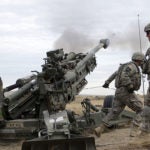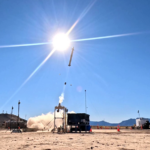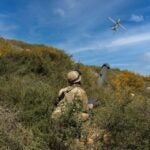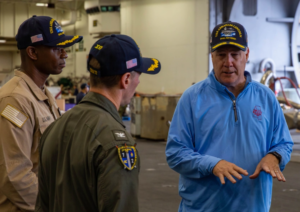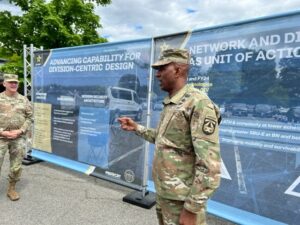
The Army is taking a new approach to its tactical network modernization effort, shifting away from two-year capability drops to a more holistic effort that emphasizes flexibility and speed as it shifts to designing for the division as the “unit of action.” Lead officials detailed the new effort for reporters last Thursday, which will build on modernization efforts to date while working over the next year to experiment and assess capability requirements and recommendations for a baseline design to construct…

 By
By 
